Tissamaharama: Ancient Capital of the Ruhuna Kingdom
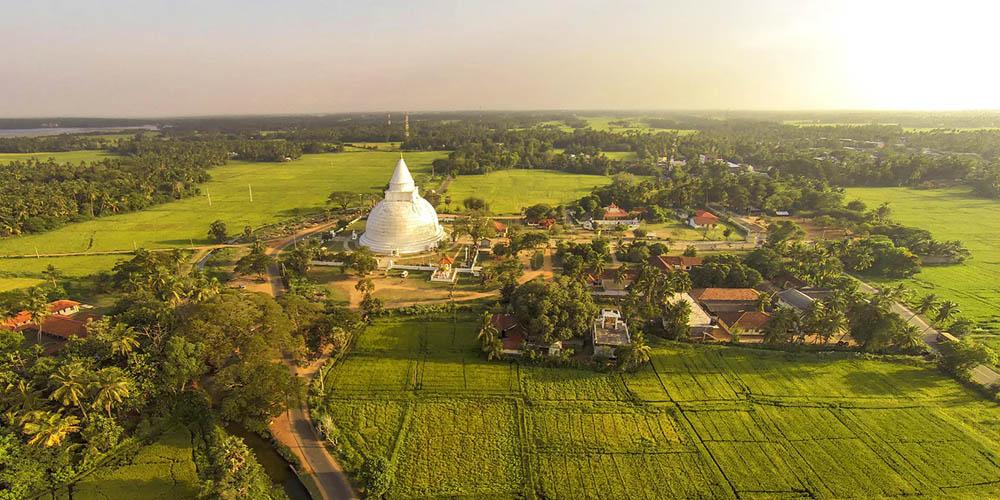
Tissamaharama, nestled in Sri Lanka’s Southern Province, stands as one of the island’s most ancient cities and served as the illustrious capital of the Ruhuna Kingdom for centuries. This historic city, dating back to the 3rd century BCE, played a pivotal role in Sri Lankan history as a center of political power, Buddhist learning, and resistance against foreign invasions. Today, Tissamaharama remains an important pilgrimage site and archaeological treasure, preserving the legacy of the southern kingdoms that shaped the nation’s identity.
The city’s strategic location near the southern coast made it a vital hub for trade, administration, and religious activities. Tissamaharama’s significance extended beyond its role as a regional capital—it served as a stronghold of Sinhalese sovereignty during periods when the northern kingdoms faced invasion, and it nurtured some of Sri Lanka’s greatest heroes and leaders.
Historical Significance
Tissamaharama’s origins trace back to King Kavantissa (2nd century BCE), one of the most celebrated rulers of the Ruhuna Kingdom. The city flourished under his enlightened rule and became synonymous with resistance and resilience. It was here that Prince Dutugemunu, son of King Kavantissa and Queen Viharamahadevi, grew up and prepared for his legendary campaign to unify Sri Lanka by defeating the Chola king Elara who ruled from Anuradhapura.
The story of Queen Viharamahadevi, who sacrificed herself by setting sail on the ocean to appease the gods and save her father’s kingdom, remains one of Sri Lanka’s most cherished legends. She drifted ashore near Tissamaharama, where King Kavantissa found and married her. Their son, Dutugemunu, would become one of Sri Lanka’s greatest warrior kings, and Tissamaharama was the launching point for his historic northern campaign.
Throughout the Anuradhapura and Polonnaruwa periods, Tissamaharama maintained its importance as a regional center. When northern capitals fell to invaders, the Ruhuna Kingdom often preserved Sinhalese-Buddhist sovereignty, making Tissamaharama a bastion of cultural continuity and resistance.
Tissamaharama Raja Maha Vihara
The centerpiece of Tissamaharama is the magnificent Raja Maha Vihara (Great Temple), one of the most important Buddhist monasteries in southern Sri Lanka. The temple complex showcases centuries of religious devotion and architectural development.
The Great Stupa (Tissamaharama Dagoba): The imposing white-washed stupa dominates Tissamaharama’s skyline, rising majestically from the temple grounds. Originally constructed during King Kavantissa’s reign in the 2nd century BCE, the stupa has been renovated and enlarged several times throughout history. The hemispherical dome, built in classic Anuradhapura style, measures approximately 50 meters in height with a base circumference of over 165 meters.
According to tradition, the stupa enshrines sacred relics including a tooth relic and forehead bone relic of Lord Buddha, brought to Sri Lanka from India. The structure’s massive scale and pristine whitewashed appearance make it one of the most photographed religious monuments in southern Sri Lanka.
The Temple Complex: Surrounding the stupa are numerous shrines, image houses, and monastic buildings reflecting different historical periods. The main image house contains beautiful Buddha statues and murals depicting scenes from the Buddha’s life and Jataka tales. Stone pillars, moonstones, and guard stones scattered throughout the complex display the refined craftsmanship of ancient Ruhuna artisans.
Archaeological Features: Inscriptions found at the site, dating from different periods, provide valuable historical information about the temple’s patronage, monastic life, and the religious activities that flourished here for over two millennia.
Tissa Wewa: Engineering Marvel
The massive Tissa Wewa (Tissa Reservoir) stands as one of ancient Sri Lanka’s great hydraulic engineering achievements. Constructed by King Kavantissa’s father, King Mahanaga, in the 3rd century BCE, this vast tank covers approximately 550 acres and demonstrates the sophisticated water management expertise of ancient Ruhuna engineers.
The reservoir served multiple purposes: irrigating agricultural lands to support the city’s population, providing drinking water, and enhancing the landscape’s aesthetic and spiritual qualities. The tank’s embankment, constructed using earth, clay, and stone, has withstood over two millennia of monsoons and continues to function today, irrigating surrounding paddy fields and serving local communities.
The scenic beauty of Tissa Wewa, particularly at sunrise and sunset when water birds gather along its shores and the ancient stupa reflects in its waters, creates an atmosphere of timeless tranquility. The reservoir’s location adjacent to Yala National Park attracts diverse wildlife, adding to its natural appeal.
Yatala Wehera
Located approximately 2 kilometers from the main town, Yatala Wehera represents another significant ancient stupa, though less visited than the main Tissamaharama dagoba. This ancient structure, also attributed to King Kavantissa’s era, stands as a testament to the widespread Buddhist patronage that characterized the Ruhuna Kingdom. Archaeological excavations have revealed valuable artifacts and structural features that illuminate ancient building techniques and religious practices.
Archaeological Significance
Tissamaharama and its surrounding areas contain numerous archaeological sites, ruins, and artifacts that continue to yield insights into ancient Ruhuna civilization. Excavations have uncovered:
- Ancient foundations of monastic buildings and residential structures
- Pottery, coins, and artifacts indicating extensive trade networks with Rome, India, and Southeast Asia
- Inscriptions providing historical records of kings, donations, and monastic regulations
- Evidence of advanced urban planning and water management systems
- Buddhist sculptures and architectural elements displaying distinctive southern artistic styles
The discovery of Roman coins, Mediterranean pottery, and other foreign artifacts confirms that Tissamaharama was an important port city connected to international maritime trade routes. Ships arrived at nearby coastal ports, bringing goods from across the Indian Ocean world.
Religious and Cultural Importance
Tissamaharama remains an active center of Buddhist worship and pilgrimage. The annual Kataragama pilgrimage season, when thousands of devotees travel from across Sri Lanka to the nearby sacred city of Kataragama, passes through Tissamaharama. Many pilgrims stop at the Raja Maha Vihara to pay homage before continuing their journey, maintaining ancient traditions of religious devotion.
The temple hosts regular religious ceremonies, poya day observances, and festivals that bring together monastic communities and lay devotees. These living traditions connect contemporary Sri Lankan Buddhism with practices that have continued for over two millennia.
Gateway to Yala National Park
Tissamaharama’s modern significance extends beyond its historical and religious importance—it serves as the primary gateway to Yala National Park, Sri Lanka’s most visited wildlife sanctuary. This proximity to pristine wilderness areas creates a unique juxtaposition: ancient civilization adjacent to wild nature, showcasing the harmonious relationship between human culture and the natural environment that has characterized Sri Lankan civilization.
The town provides accommodation and services for visitors exploring both cultural heritage sites and natural wonders, making it a crucial hub for heritage and eco-tourism in southern Sri Lanka.
Conservation and Development
The Central Cultural Fund and Department of Archaeology work to preserve Tissamaharama’s archaeological heritage while supporting the town’s role as a living religious and economic center. Conservation challenges include:
- Structural maintenance of ancient stupas and temple buildings
- Protection of archaeological sites from urban development pressures
- Management of the Tissa Wewa’s water levels and embankment integrity
- Balancing tourism development with heritage preservation
- Documentation and study of ongoing archaeological discoveries
Recent restoration work on the main stupa and temple complex has enhanced visitor facilities while respecting the site’s archaeological authenticity and religious sanctity.
Visitor Experience
Tissamaharama offers visitors an authentic experience of southern Sri Lankan Buddhist culture in a town that retains much of its traditional character. Unlike the more heavily touristed sites in the Cultural Triangle, Tissamaharama provides a glimpse of living religious traditions practiced in historic settings.
Visitors can explore the ancient temple complex, circumambulate the magnificent stupa, enjoy sunset views over Tissa Wewa, and experience the peaceful atmosphere of a town where history remains integrated into daily life. The combination of archaeological heritage, active religious practice, and proximity to wildlife areas makes Tissamaharama a rewarding destination for those seeking to understand the full spectrum of Sri Lankan culture—ancient and modern, spiritual and natural.
Cultural Legacy
Tissamaharama embodies the spirit of the Ruhuna Kingdom—resilient, independent, and deeply rooted in Buddhist values. The city nurtured kings and heroes who shaped Sri Lankan history, preserved sovereignty during troubled times, and maintained cultural traditions through centuries of change. Today, it stands as a living link to that glorious past, where ancient monuments continue to inspire devotion, where engineering marvels still serve their original purposes, and where the legends of Kavantissa, Viharamahadevi, and Dutugemunu remain vibrant in cultural memory.
Tissamaharama invites visitors not merely to observe ruins but to experience the continuity of Sri Lankan Buddhist civilization—a tradition that has flourished in this southern stronghold for over two millennia.
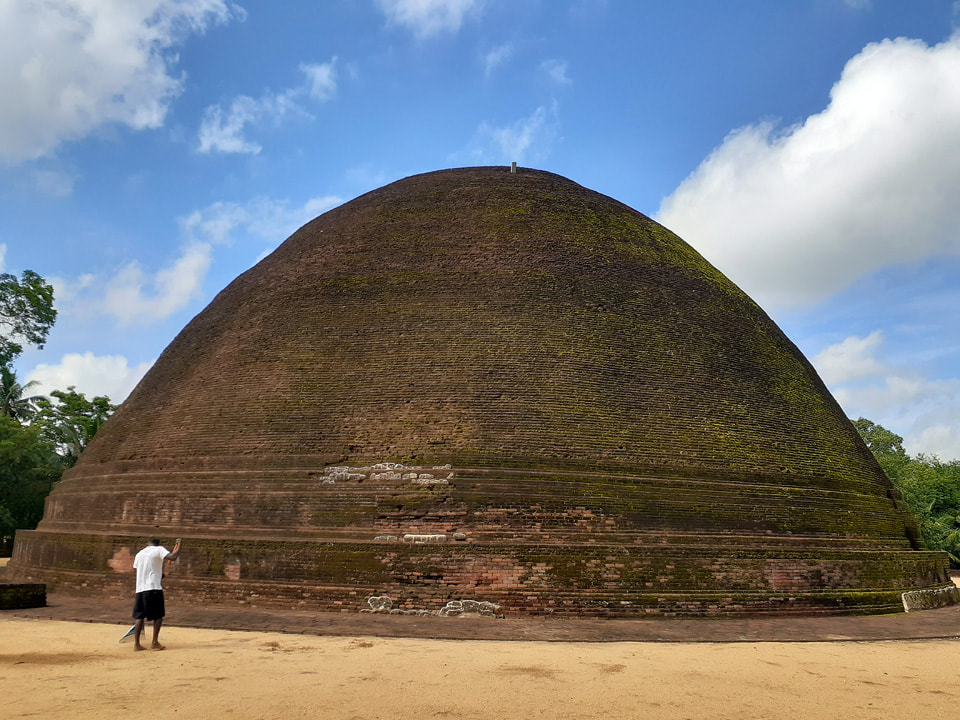
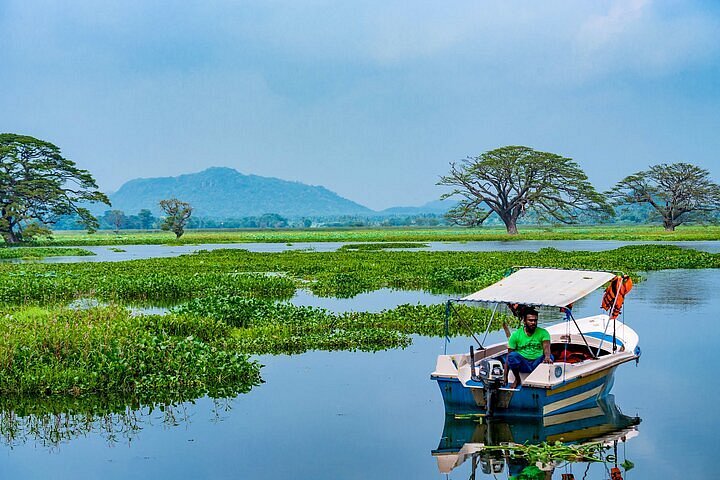
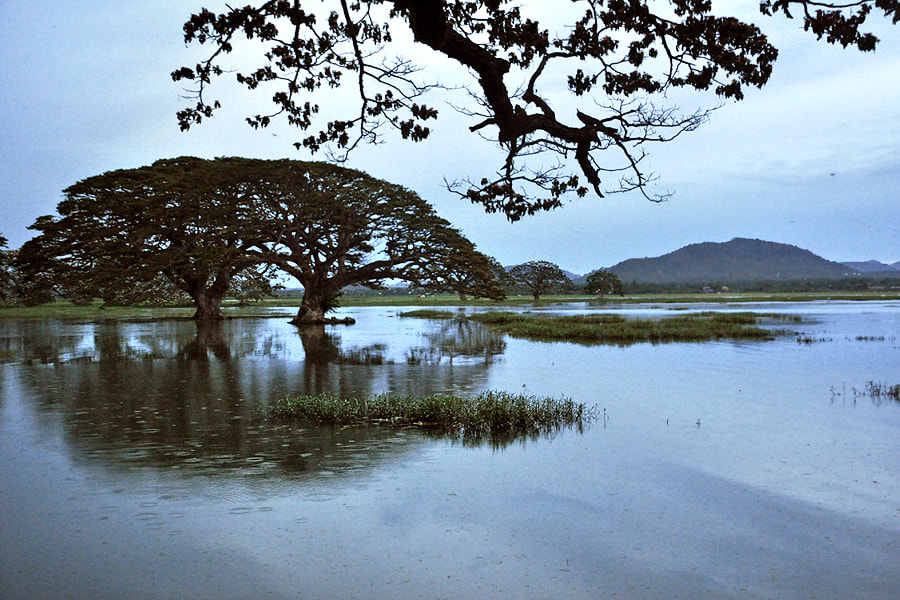
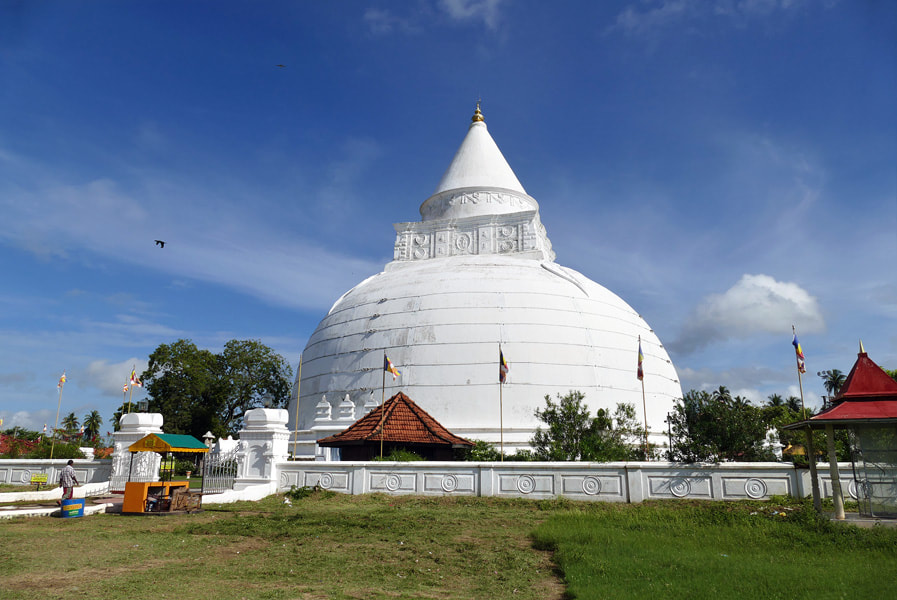
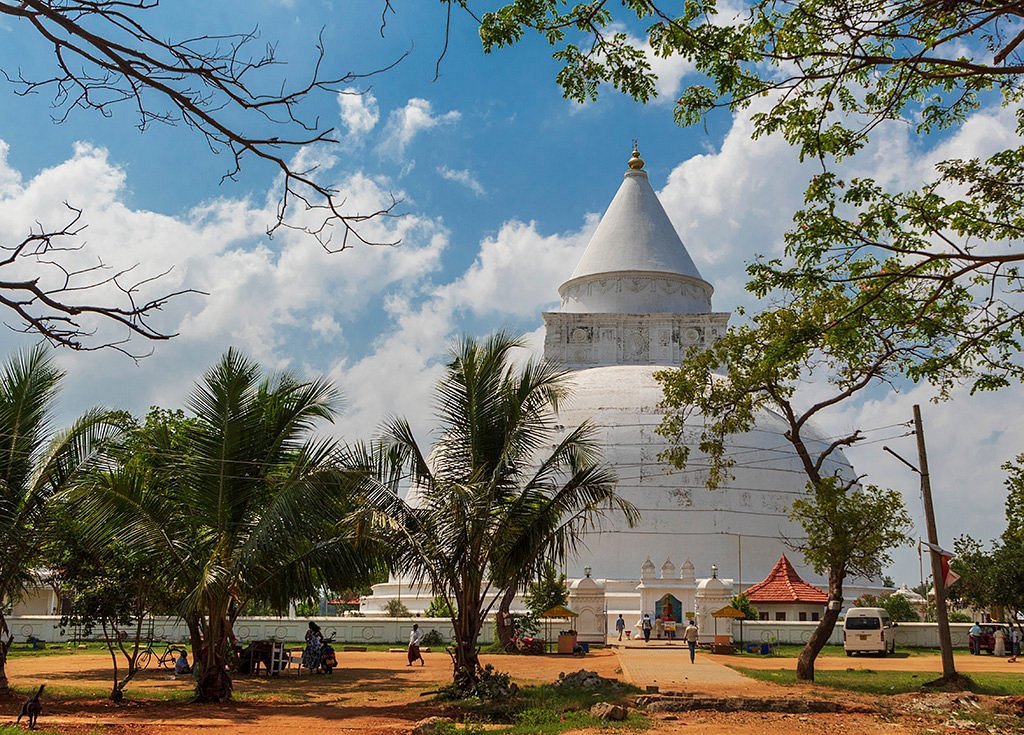
*Photo credits go to the respective owners
